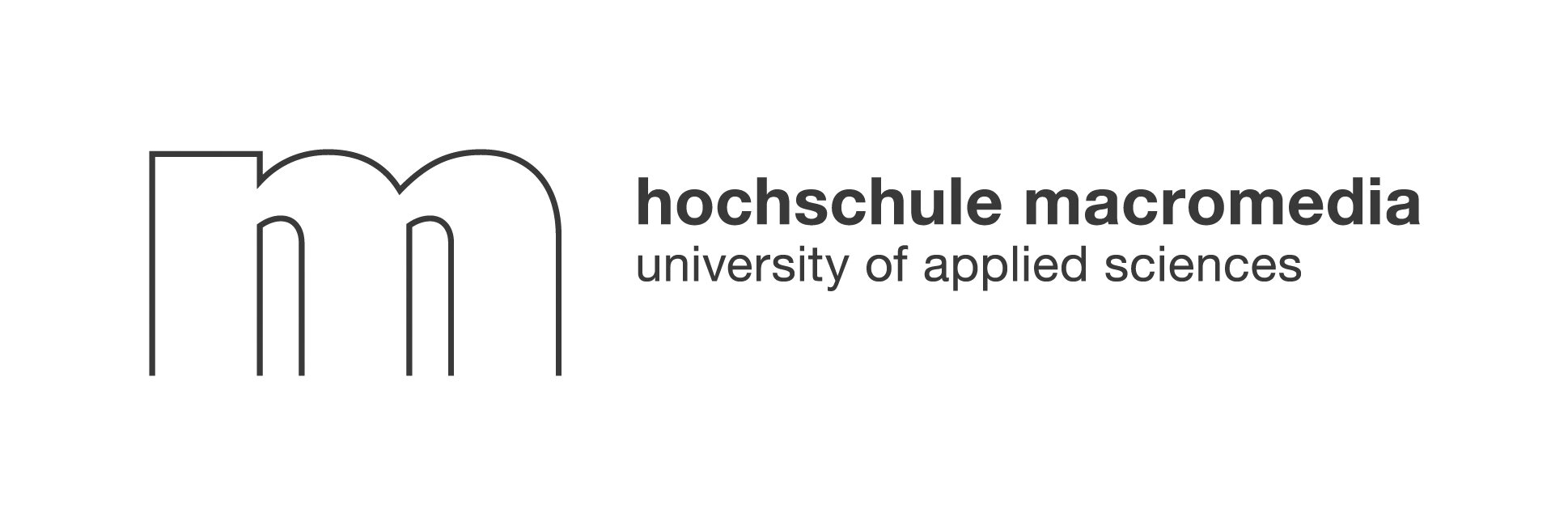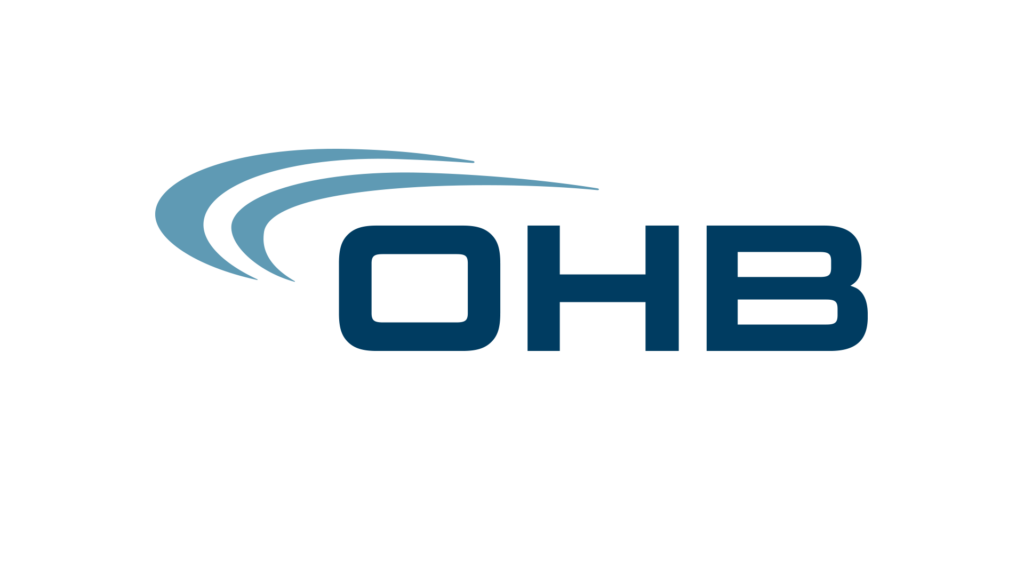What if the real secret to a thriving workplace isn't just perks or pay, but the quality of connections between employees? Unlocking the power of employee connections is more than a trend—it's a proven strategy that transforms teams from isolated individuals into a community of collaborators. This article explores why relationships matter, the science behind group bonding, and how simple activities can spark lasting culture change. If you're looking to boost engagement, innovation, and retention, read on to discover how small group connections become your organization's greatest asset.
From Transactional Colleagues to Connected Teams: Why Relationships Drive Results
Work isn't just about tasks and deadlines; it's about people coming together to achieve more. Companies that prioritize employee connections consistently outperform those that don't. According to Gallup's State of the Global Workplace report, highly engaged teams show 21% greater profitability and 59% less turnover. When employees feel connected, they're more likely to stay, innovate, and go the extra mile.
A vibrant and engaging organizational culture is critical. Intentionally building team culture activities is an important way to ignite connection and inspire a shared sense of purpose.
—Kelley Briggs, Inspirus
But what happens when connection is missing? In hybrid and remote workplaces, isolation can creep in. Studies show that disconnected employees are twice as likely to leave within a year. The cost isn't just emotional—it's financial. Replacing an employee can cost up to twice their annual salary, not counting the loss of institutional knowledge. Investing in connection is investing in the bottom line.
Small Group Psychology 101: How Human Brains Bond at Work

Humans are wired for connection, but there's a science to how we bond best. Anthropologist Robin Dunbar found that people naturally form close, stable groups of about 5 to 15 members—the so-called "Dunbar number." In this range, trust and cooperation flourish. Go bigger, and relationships become superficial; go smaller, and you might miss out on diverse ideas.
Psychological safety is the glue that holds these groups together. When employees feel safe to speak up, take risks, and be themselves, teams become more innovative and resilient. Google's Project Aristotle found that psychological safety was the number one predictor of high-performing teams. In small groups, it's easier to build trust, share feedback, and celebrate wins, laying the foundation for a strong workplace culture.
Small Group Activities That Unlock the Power of Employee Connections
The power of employee connections starts with intentional, well-designed interactions. The goal isn't forced fun or awkward games, but authentic opportunities to share, solve, and celebrate together.
Icebreakers with Purpose, Not Cringe
Forget the tired "tell us your favorite ice cream" routine. Purposeful icebreakers spark real conversation and connection. Try "Two Truths and a Lie" to reveal hidden talents, or "Rose, Thorn, Bud," where each person shares a recent win, a challenge, and something they're excited about. These activities break down barriers without feeling forced.
Collaborative Problem-Solving Challenges
When teams tackle a real business problem together, they bond through shared purpose. Cross-functional groups can brainstorm solutions to company-wide challenges, encouraging diverse perspectives and creative thinking. Problem-solving sessions build trust, highlight strengths, and foster a sense of ownership.
Recognition Circles and Micro-Celebrations
Celebrating small wins is a powerful motivator. Recognition circles—where team members acknowledge each other's contributions—boost morale and reinforce company values. Micro-celebrations, like a quick shout-out in a meeting or a digital badge, make appreciation a daily habit.
Acknowledging and showing appreciation for the efforts of each individual employee goes a long way in changing the overall organizational culture.
—Inspirus Team
Peer-to-Peer Learning: Turning Everyday Tasks into Culture Builders
Learning doesn't just happen in training rooms; it thrives in small, supportive groups. Peer-to-peer learning transforms everyday tasks into opportunities for growth and connection.
Mentoring Circles and Buddy Systems
Pairing new hires with experienced colleagues accelerates onboarding and builds confidence. Mentoring circles—small groups that meet regularly to discuss challenges and share advice—create a safe space for learning and support. Buddy systems ensure no one feels lost or alone, especially in hybrid environments.
Knowledge-Share Sessions that Scale Expertise
Regular knowledge-share sessions let employees teach each other new skills, tools, or industry trends. These can be as simple as a 15-minute "lunch and learn" or a rotating spotlight in team meetings. By making learning social and ongoing, companies build a culture of continuous improvement.
Peer-to-Peer Learning Formats and Benefits
| Format | Group Size | Key Benefit | Example Activity |
|---|---|---|---|
| Mentoring Circles | 4-6 | Builds trust and accelerates growth | Monthly group check-in |
| Buddy Systems | 2 | Eases onboarding and boosts morale | First-week work buddy |
| Knowledge-Share Sessions | 6-12 | Scales expertise and engagement | Weekly 'teach-back' slot |
| Peer Review Workshops | 3-5 | Improves quality and collaboration | Project feedback round |
Building Bridges: Using Weak Ties for Fresh Ideas and Collaboration
Strong teams are vital, but sometimes the best ideas come from unexpected places. The "Strength of Weak Ties" theory suggests that connections outside our close circles—acquaintances, cross-department colleagues—bring in new perspectives and opportunities.
Cross-Department Coffee Chats
Encourage employees to meet for informal coffee chats with colleagues from other departments. These quick conversations can lead to innovative solutions, break down silos, and spark unexpected collaborations. Even a 15-minute virtual chat can open doors to fresh thinking.
Digital Platforms That Widen Networks
Modern platforms make it easy to connect beyond immediate teams. Tools like Neroia's social employee benefits platform use AI to recommend small group activities across departments, matching people by shared interests and availability. This not only helps employees effortlessly discover new connections but also ensures privacy and adaptability. For more insights on leveraging technology for workplace connections, check out our guide on AI-driven team connections.
Weak ties serve as bridges between different social circles, helping individuals access novel information that strong ties may not provide.
—Elevate Digital
Proof of Progress: KPIs to Gauge Connection and Culture
How do you know if your efforts are working? Measuring connection is both an art and a science. Engagement surveys can track how employees feel about their teams, leaders, and the workplace overall. Social network analysis maps who interacts with whom, revealing both strong and weak ties.
Key performance indicators (KPIs) might include:
- Employee engagement scores
- Participation rates in group activities
- Retention and turnover data
- Number of cross-department collaborations
Linking these connection scores to business outcomes—like productivity, innovation, and customer satisfaction—shows the true value of investing in relationships.
Companies that promoted collaborative working were five times as likely to be high performing.
—Forbes Study
Your 90-Day Roadmap: Rolling Out a Small Group Connection Program

Ready to put small group activities into action? Here's a practical 90-day plan to get started. For more detailed guidance on implementation, explore our comprehensive guide on organizing small workplace events.
Week 1-4: Assess and Align Goals
- Survey employees to understand current connection levels and needs.
- Define what a connected culture looks like for your organization.
- Set clear, measurable objectives (e.g., increase participation in group activities by 25%).
Week 5-8: Pilot Signature Activities
- Launch a small group activity pilot—choose 2-3 formats like mentoring circles, problem-solving sessions, or recognition circles.
- Use digital tools, such as Neroia's platform, to match employees and minimize planning friction.
- Gather feedback after each activity to refine the approach.
Week 9-12: Measure, Iterate, and Expand
- Analyze participation and engagement data.
- Share success stories and recognize champions.
- Expand successful activities to more teams and departments.
Great company cultures aren't developed in a day. Fostering a workplace culture that encourages collaboration, differences, communication, and trust takes truly thoughtful strategy and intentional actions.
—Inspirus Team
Small Group Activities That Drive Connection
- Purposeful icebreakers (e.g., "Rose, Thorn, Bud")
- Collaborative problem-solving workshops
- Recognition circles for peer appreciation
- Knowledge-share sessions and lunch-and-learns
- Cross-department coffee chats
Benefits of Strong Employee Connections
- Higher employee engagement and retention
- Faster onboarding and skill development
- Increased innovation and adaptability
- Improved problem-solving and decision-making
- Stronger sense of belonging and morale
Steps to Sustain a Connected Culture
- Make connection a leadership priority and model inclusive behaviors.
- Integrate small group activities into regular workflows.
- Use technology to match and schedule groups efficiently.
- Celebrate both individual and team achievements.
- Continuously measure, learn, and adapt based on feedback.
Conclusion
Unlocking the power of employee connections isn't just a slogan—it's a proven pathway to higher engagement, better performance, and a workplace people love. By focusing on purposeful activities, peer-to-peer learning, and bridging both strong and weak ties, any organization can create a culture where everyone thrives. With solutions like Neroia's employee benefits platform, building authentic, effortless connections is easier than ever. Start small, measure what matters, and watch your workplace culture transform—one group at a time.




